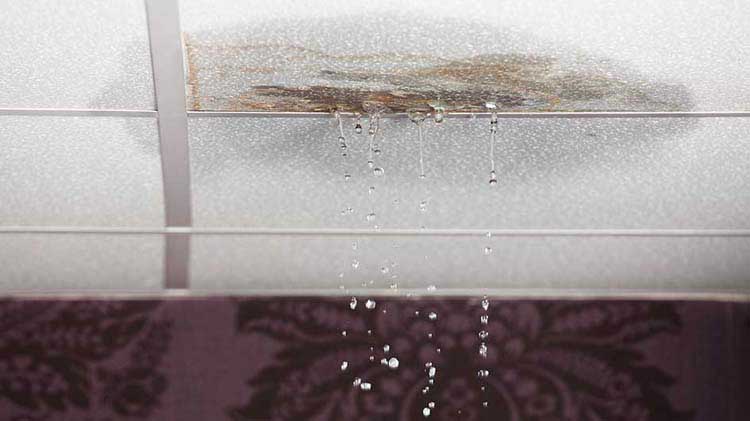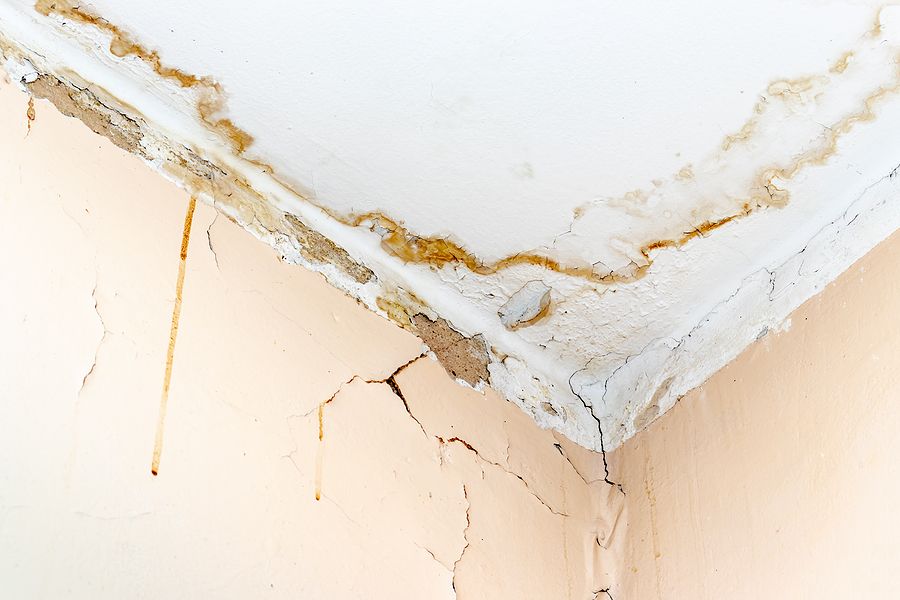Understanding What Leads To Water Seepage Occur So Often in Your Home
Understanding What Leads To Water Seepage Occur So Often in Your Home
Blog Article
On this page in the next paragraph you can get a bunch of dependable information and facts regarding How to detect water leaks in your home.

Leakages not just create waste of water but can also create unnecessary damages to your home as well as advertise undesirable organic development. Sadly, water leaks may go undetected considering that a lot of the pipework in our house is concealed. By looking and recognizing for day-to-day situations that cause leakages, you can protect your residence from future leakages and unnecessary damage. Today, we will certainly check out six leak triggers that may be triggering your pipelines to trickle.
Encroaching origins
Most water leaks start outside your home as opposed to inside it. If you see an abrupt decrease in water pressure, say in your tap, require time to go out and also analyze your lawn. You might see damp spots or sinkholes in your lawn, and that could suggest that tree origins are attacking water lines triggering water to permeate out. You can have your plumber check for intrusion, particularly if you have trees or hedges near your home.
Rusty water systems
As time passes by, your plumbing system ages and also rust such as corrosion might begin eating away the pipes. This might be the root cause of staining or bending on your water pipes. This calls for an evaluation with your plumber quickly. Consider replacing the pipelines since they are at a greater threat of deterioration than the newer designs if our plumbing system is old.
Faulty Pipe Joints
Pipeline joints can weaken over time, resulting in water leaks. If you have loud pipes that make ticking or banging noises, specifically when the warm water is turned on, your pipe joints are most likely under a whole lot of stress.
Immediate temperature modifications.
Extreme temperature changes in our pipes can trigger them to broaden and contract unexpectedly. This expansion and also tightening might trigger splits in the pipes, specifically if the temperature level are below freezing. It would be best if you kept an eye on how your plumbing functions. The presence of the formerly stated scenarios regularly indicates a high risk.
Poor Water Connectors
Sometimes, a leak can be caused by loose hoses and also pipelines that supply your home appliances. Most of the time, moving is what creates the loose water Links. You may discover when it comes to a washing equipment, a hose may spring a leakage due to trembling throughout the spin cycle. In case of a water links leakage, you may notice water running straight from the supply line or puddles around your devices.
Obstructed Drains
Clogged drains may be bothersome and also inconveniencing, yet they can in some cases end up triggering an overflow causing break pipelines. Maintain getting rid of any kind of products that might drop your drains pipes that might block them to prevent such troubles.
All the above are root causes of leaks yet not all water leaks result from plumbing leaks; some leakages might come from roofing system leaks. All leaks should be fixed promptly to stay clear of water damage.
Leaks not just trigger waste of water but can additionally trigger unnecessary damages to your house as well as advertise undesirable natural development. By comprehending and also looking for daily situations that trigger leakages, you can secure your home from future leaks and also unnecessary damage. Today, we will certainly look at six leakage creates that might be triggering your pipelines to drip.
At times, a leakage can be triggered by loosened tubes and pipes that supply your home appliances. In instance of a water links leakage, you might notice water running directly from the supply line or puddles around your appliances.
How To Check For Water Leak In Your Home
How To Check for Leaks
The average household's leaks can account for nearly 10,000 gallons of water wasted every year and ten percent of homes have leaks that waste 90 gallons or more per day. Common types of leaks found in the home are worn toilet flappers, dripping faucets, and other leaking valves. These types of leaks are often easy to fix, requiring only a few tools and hardware that can pay for themselves in water savings. Fixing easily corrected household water leaks can save homeowners about 10 percent on their water bills.
To check for leaks in your home, you first need to determine whether you're wasting water and then identify the source of the leak. Here are some tips for finding leaks:
Take a look at your water usage during a colder month, such as January or February. If a family of four exceeds 12,000 gallons per month, there are serious leaks.
Check your water meter before and after a two-hour period when no water is being used. If the meter changes at all, you probably have a leak.
Identify toilet leaks by placing a drop of food coloring in the toilet tank. If any color shows up in the bowl after 10 minutes, you have a leak. (Be sure to flush immediately after the experiment to avoid staining the tank.)
Examine faucet gaskets and pipe fittings for any water on the outside of the pipe to check for surface leaks.
Undetected water leaks can happen without the home or business owner even realizing. If you suspect a water leak, but not able to find the source. It is time to contact a professional water leak detection service, The Leak Doctor.
How To Find a Water Leak In Your Home
https://www.leakdoctor.com/blog/How-To-Check-For-Water-Leak-In-Your-Home_AE197.html

We had been made aware of that report about How Fast Water Damage Can Ruin Your Home through a friend on our other web address. Sharing is nice. You just don't know, you could be helping someone out. Thanks for your time. Visit again soon.
Quick, quality, call! Report this page